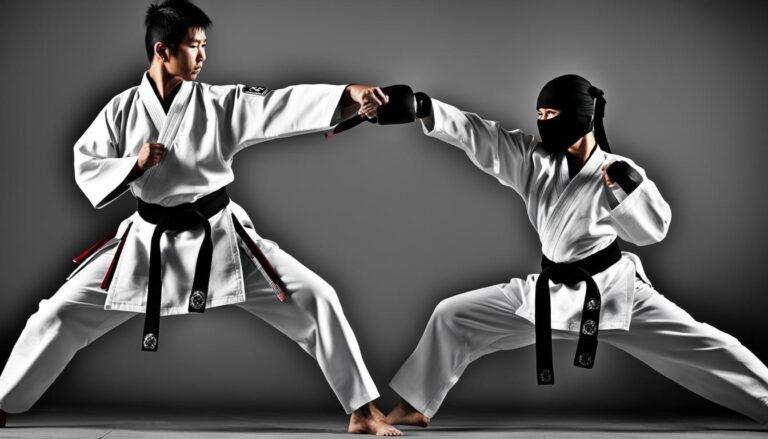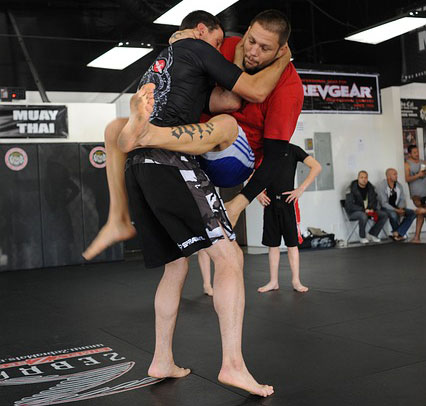The rising popularity of martial arts can be linked to the essential role they play in enhancing mental and physical welfare.
As such, Taekwondo and Arnis are forms of martial arts that have become vastly sought-after, in light of their enhancement of the self-defense capabilities of their practitioners.
This article will review the similarities and differences between Taekwondo and Arnis to offer an understanding of the two martial arts.
Arnis is a national system of martial arts that is practiced in the Philippines. This discipline, which is also referred to as Eskrima or Kali, is based on a collection of techniques that feature a high level of emphasis on armed combat, using weapons that are improvised, such as steel rods and chair legs, as well as bladed weapons and sticks.
In addition to armed combat, Arnis also includes training in various hand-to-hand techniques of weapon disarmament, grappling, joint locks, and combat.
During the initial stages of training, practitioners are usually instructed on armed fighting with knives and sticks to build a strong foundation for the mastery of unarmed techniques in more advanced stages of training.
This system of training is vastly different from other forms of martial arts that originate from East Asia.
The justification of this system lies in its reliance on the natural acquisition of empty-handed techniques from the muscle memory execution of armed techniques.
As such, Arnis plays an important role in ensuring that its practitioners are sufficiently conditioned in the handling of assailants, regardless of whether they are armed or unarmed.
In comparison, Taekwondo is a scientific and systematic form of traditional Korean martial arts that generally involves a combination of kicking and punching techniques.
Basically, the name ‘Tae’ ‘Kwon’ ‘Do’ is made up of three major parts which when combined result in a clear definition of this discipline as the art of punching and kicking.
It mainly emphasizes the mastery of fast, spinning jump, and head-height kicking techniques. The successful execution of Taekwondo is reliant on physical and mental synchronization for the establishment of spiritual and societal harmony, with a minimal application of armed techniques.
In this light, Taekwondo seeks to utilize its techniques in the maintenance of peace.
Contents
Differences
- In terms of technique, Taekwondo places a higher level of emphasis on foot techniques that are dynamic as opposed to Arnis, which involves a combination of hand and foot movements for the successful performance of both armed and unarmed maneuvers.
- Arnis is a form of martial arts which is based on the ideology that training in armed techniques is more advantageous than hand-to-hand combat. As such, its system foundationally features the application of a wide variety of weapons. In contrast, Taekwondo only occasionally features weapons in its systems of training.
- With reference to origination, whereas Arnis has its origin in the Philippines, Taekwondo was initially conceptualized in Korea as a means of self-defense, as well as physical and mental well-being.
Similarities
- Arnis and Taekwondo are both forms of martial arts which consist of a wide variety of physically and mentally advantageous techniques and maneuvers that are used for self-defense.
- Additionally, both disciplines are governed by strong sets of regulations and rules that facilitate their overall competitiveness. Essentially, this means that Taekwondo and Arnis allow for the creation of skill comparisons among practitioners within competitive contexts.
What to choose?
Both disciplines share common traits about their competitiveness, improvement of physical and mental welfare, and enhancement of self-defense.
Their differences ensure their overall suitability to different groups of individuals. With this in mind, Taekwondo is better suited to individuals with an interest in techniques that are generally unarmed, and that is focused on the enhancement of mental stability and resilience.
Arnis is better suited for the uniform mastery of armed and unarmed techniques using a wide variety of weapons and hand-to-hand combat movements, which facilitate the overall conditioning in the neutralization of armed assailants.
Closing thoughts
Arnis and Taekwondo share similar traits in their competitiveness, and enhancement of self-defense despite the variations in their systematic composition.
As such, the intricacies in these differences and similarities contribute towards the overall suitability of each discipline to unique individual preferences.
The choice of one discipline over the other heavily relies on the achievement of a sufficient level of knowledge on how each system aligns with personal needs.





